Salto Encoder Troubleshooting: Details Step-by-Step Guide
Quickly resolve Salto encoder issues with our troubleshooting guide on error messages, connectivity, and firmware updates.
Salto encoders are critical components in access control systems, providing the essential service of encoding access credentials. However, like any sophisticated technology, they can encounter various issues that require troubleshooting.
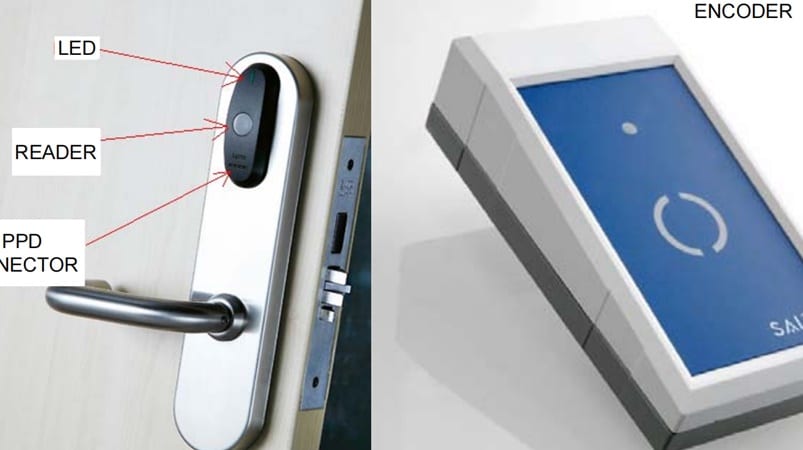
This article aims to shed light on the common problems faced by users of Salto encoders and offers solutions to ensure a smooth and secure operation. We will also delve into advanced troubleshooting techniques for more complex challenges.
Common Issues and Solutions for Salto Encoders
Recognizing Error Messages and Alerts
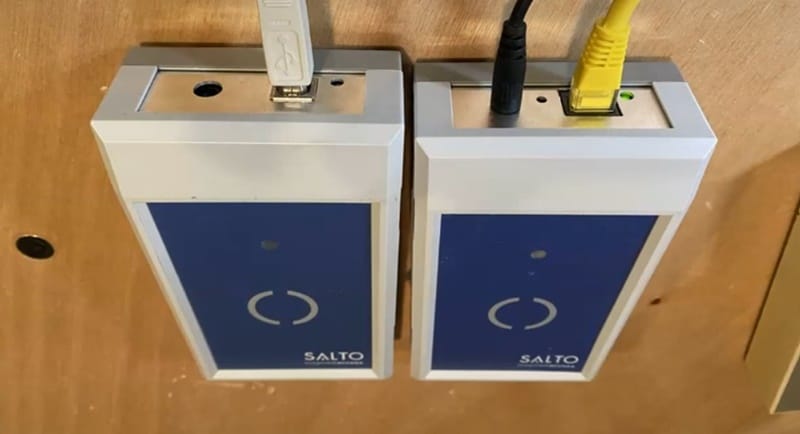
When working with Salto encoders, it’s crucial to understand the various error messages and alerts that can arise. Being able to interpret these signals is the first step in troubleshooting any issues you may encounter. Here are some common error messages and their meanings:
- E01: Encoder not detected – Check if the encoder is properly connected and powered on.
- E02: Read/Write error – Ensure the card is correctly positioned and the encoder is clean.
- E03: Communication error – Verify the encoder and computer connection.
In addition to understanding error messages, be aware of any alerts indicating system malfunctions or maintenance needs. Reviewing the encoder’s diagnostic logs can provide early warnings of potential issues. Further investigation into the encoder’s settings and configurations may be necessary if an error or alert persists after initial troubleshooting.
Connectivity Problems with Salto Encoders

Connectivity issues can arise when dealing with Salto encoders, leading to frustration and system downtime. Ensuring a stable connection is crucial for the encoder to function properly. Common connectivity problems include network interruptions, incorrect configuration settings, and faulty cables or hardware.
To diagnose and resolve these issues, follow these steps:
- Verify that all cables are securely connected and undamaged.
- Check the encoder’s network settings to ensure they match the network’s configuration.
- Restart the encoder and any network equipment, such as routers or switches.
- If using wireless connections, ensure adequate signal strength and no interference sources are nearby.
If the basic checks do not resolve the issue, delving deeper into the network’s infrastructure may be necessary to identify the root cause. This could involve examining firewall settings, DHCP leases, or the physical network layout. In complex environments, a systematic approach to troubleshooting is essential to pinpoint and rectify the problem.
Troubleshooting Power Supply and Battery Issues
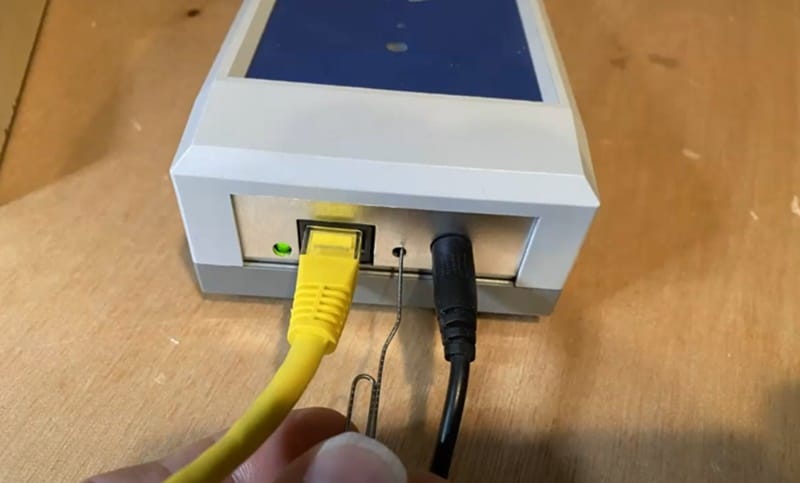
When addressing power supply and battery issues in Salto encoders, it’s crucial to ensure that the device receives the correct voltage and that the batteries are properly charged. Check the power source and battery levels before proceeding with other troubleshooting steps. If the encoder is not powered on, it may not be a fault with the device itself but rather the power supply or batteries.
- Verify the power adapter is connected and the outlet is functioning.
- Replace the batteries if they are not charged or are beyond their lifespan.
- Ensure that the battery contacts are clean and free from corrosion.
It’s important to regularly test and maintain the power supply and batteries to prevent unexpected downtime.
If the issue persists after these initial checks, consider reviewing the encoder’s technical specifications against your power setup. Sometimes, an incompatible power supply with the encoder can lead to intermittent issues or complete failure.
Firmware Updates and Configuration Challenges
Keeping Salto encoders functioning optimally often requires timely firmware updates and accurate configuration. Firmware updates can enhance security features, improve device performance, and introduce new challenges. It’s crucial to ensure the update process is followed meticulously to avoid complications.
- Verify the current firmware version before initiating an update.
- Download the correct firmware from the official Salto website.
- Follow the step-by-step instructions provided by Salto for the update process.
- After updating, test the encoder to confirm it’s working properly.
Configuration issues can arise from incorrect settings or conflicts with existing systems. A systematic approach to configuration can prevent many common problems:
- Review and adjust door access levels, time zones, and user permissions settings.
- Test the encoder with various access cards to confirm the effective configuration.
- Keep a log of all configuration changes for future reference and troubleshooting.
Advanced Troubleshooting Techniques for Salto Encoders
Interpreting Diagnostic Logs for In-Depth Analysis
Interpreting diagnostic logs is a critical step in advanced troubleshooting of Salto encoders. Logs provide a detailed record of system activity, which can be invaluable when diagnosing complex issues. To effectively analyze these logs, it’s important to understand the types of events recorded and their significance.
Here’s a basic guide to the types of log entries you might encounter:
- Informational: Routine operations and general information.
- Warning: An event that isn’t immediately harmful but may indicate a future problem.
- Error: A significant issue that has prevented a task from completing.
- Critical: A serious problem that has affected system stability or security.
When dealing with particularly stubborn problems, it may be necessary to correlate data from multiple log sources. This includes network traffic, access control, and system event logs. Cross-referencing these can help identify discrepancies or external factors affecting the encoder’s performance.
Network Configuration and Communication Protocols
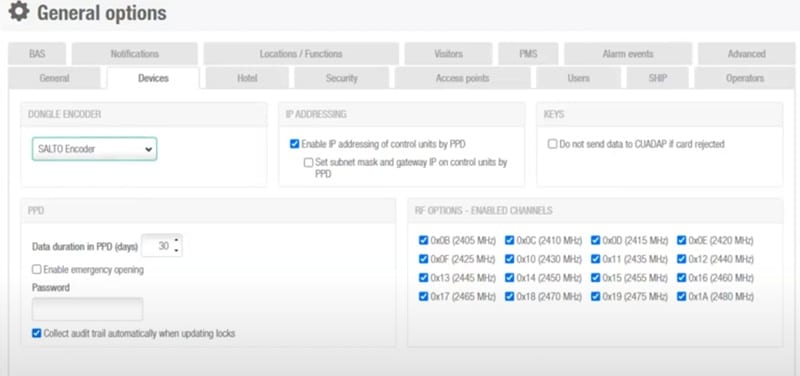
Proper network configuration is crucial for Salto encoders to communicate effectively with access control systems. Incorrect settings can lead to a failure in encoder recognition and data transmission issues. To ensure seamless connectivity, follow these steps:
- Verify the encoder’s IP address and subnet mask match the network’s configuration.
- Check that the correct port is open and not blocked by a firewall.
- Confirm that the encoder and the access control system are on the same VLAN, if applicable.
For more complex network environments, consider these additional points:
- Ensure that any network switches or routers between the encoder and the server are properly configured to allow traffic.
- If using Power over Ethernet (PoE), confirm that the switch supplies adequate power and the encoder is PoE compatible.
- In cases of intermittent connectivity, look for patterns in the disconnections that may point to network instability or hardware issues.
Resolving Compatibility Issues with Access Control Systems
Compatibility issues can arise when integrating Salto encoders with various access control systems. Ensuring that the encoder’s firmware and the access control system’s software are up-to-date is crucial. Compatibility is often governed by the specific versions of software and firmware being used.
- Check the encoder’s firmware version against the access control system’s requirements.
- Verify that the access control system’s software is compatible with the Salto encoder.
- Consult the manufacturer’s documentation for any known compatibility issues.
- If necessary, update the firmware or software to the recommended versions.
If compatibility issues persist after these steps, it may be necessary to consider alternative solutions or consult the manufacturer for further guidance. Keeping a detailed record of the system’s configuration and any changes made can be invaluable for resolving complex compatibility problems.
Seeking Professional Support and Resources
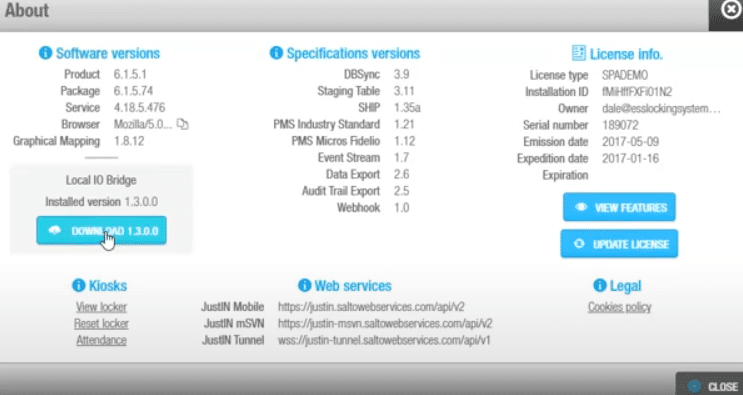
When all troubleshooting steps have been exhausted, it’s time to seek professional support. Expert technicians can provide in-depth diagnostics and resolve issues beyond the scope of standard troubleshooting procedures. It’s essential to have a reliable support system in place for complex Salto encoder problems.
Professionals can offer tailored solutions and may also provide training for your staff to prevent future issues. Below is a list of resources that can be helpful when seeking professional assistance:
- Contacting Saito’s official support line
- Reaching out to certified Salto technicians
- Utilizing online forums and communities for additional insights
- Accessing Salto’s knowledge base for documentation and guides
Conclusion
In summary, troubleshooting a Salto encoder involves systematically identifying and resolving issues. By following the outlined steps and considering the common problems and solutions discussed in this article, you can effectively diagnose and fix most encoder-related problems.
Always consult the manufacturer’s guidelines and seek professional assistance when necessary. With the right knowledge and tools, maintaining the functionality and reliability of your Salto access control system can be a manageable task.
Frequently Asked Questions
What common error messages might I see on a Salto encoder, and how do I address them?
Common error messages include ‘Read/Write Error,’ ‘Communication Error,’ or ‘Device Not Found.’ To address these, ensure the encoder is properly connected, check for any physical damage to the device or cables, and verify that the correct drivers and software are installed. If the issue persists, consult the user manual or contact technical support.
How can I resolve connectivity issues with my Salto encoder?
First, check all physical connections and ensure the USB or Ethernet cables are securely plugged in. Restart the encoder and your computer to reset the connection. If using a network, verify the network settings and ensure the encoder’s IP address is correctly configured. If the problem continues, temporarily turn off any firewall or antivirus to rule out interference.
My Salto encoder is not powering on; what steps should I take?
Begin by checking the power supply; ensure the encoder is plugged into a working outlet and that any power switches are turned on. If the encoder uses batteries, replace them with new ones to see if that resolves the issue. If there is still no power, there might be an internal fault, and you should contact Salto support for further guidance.

